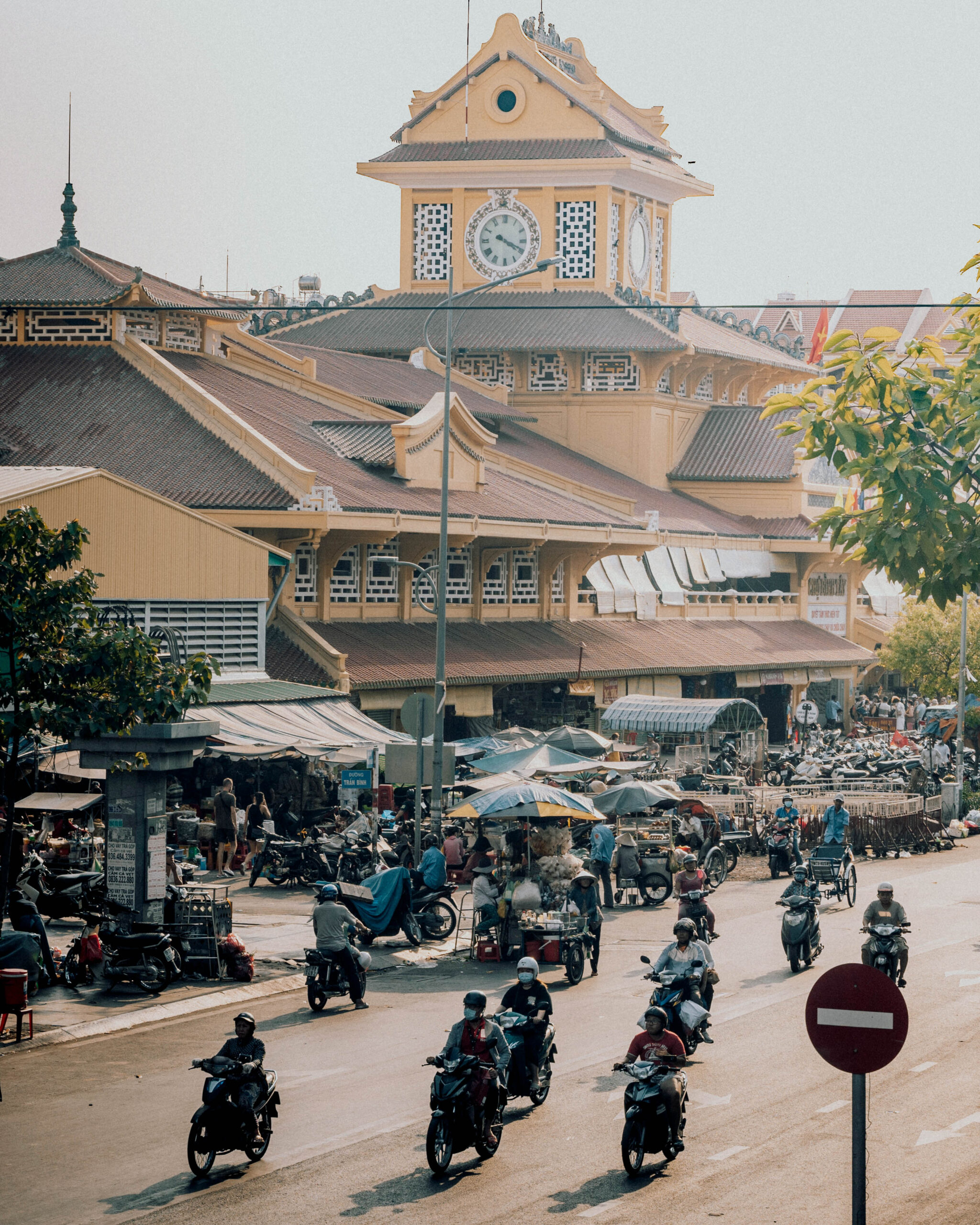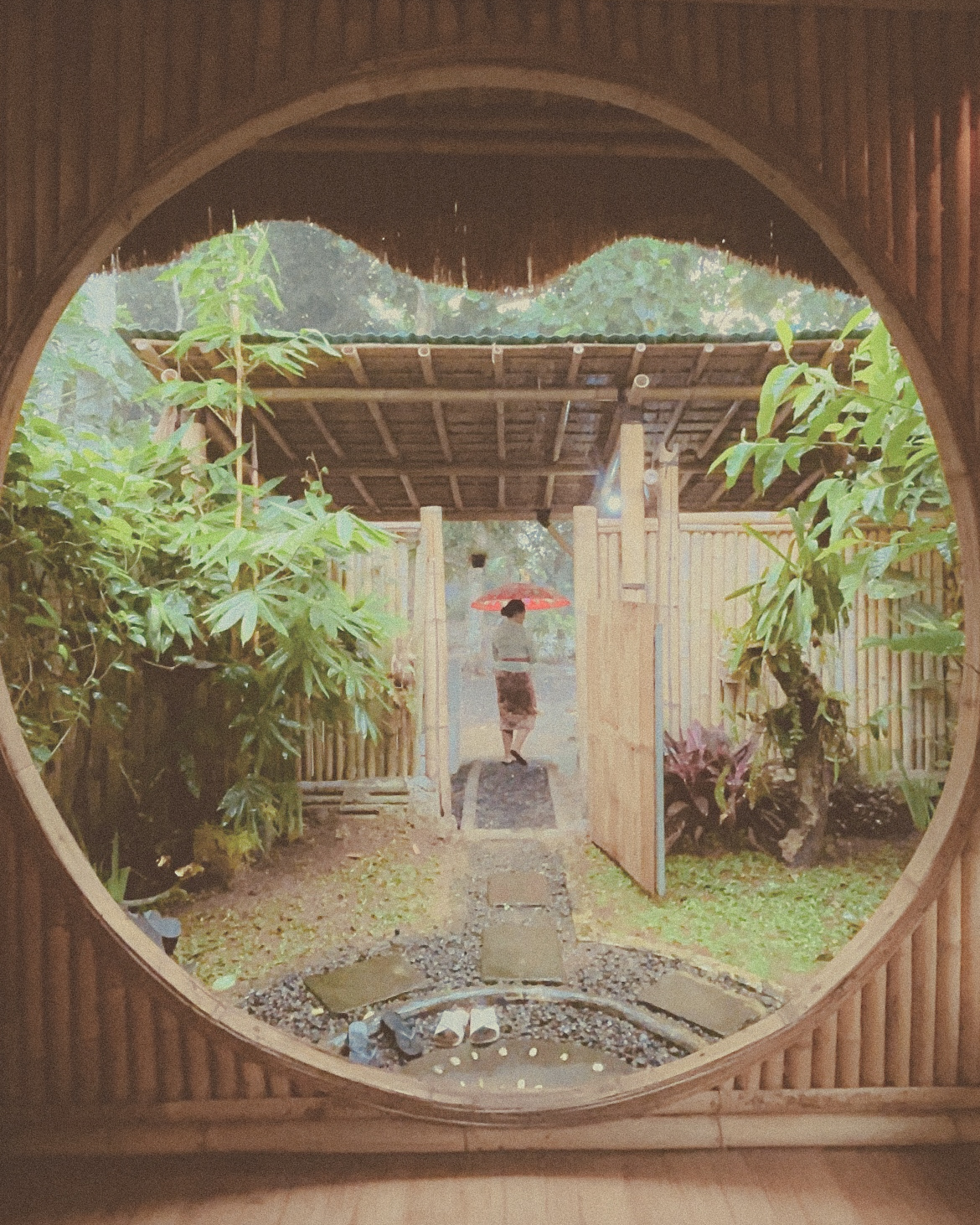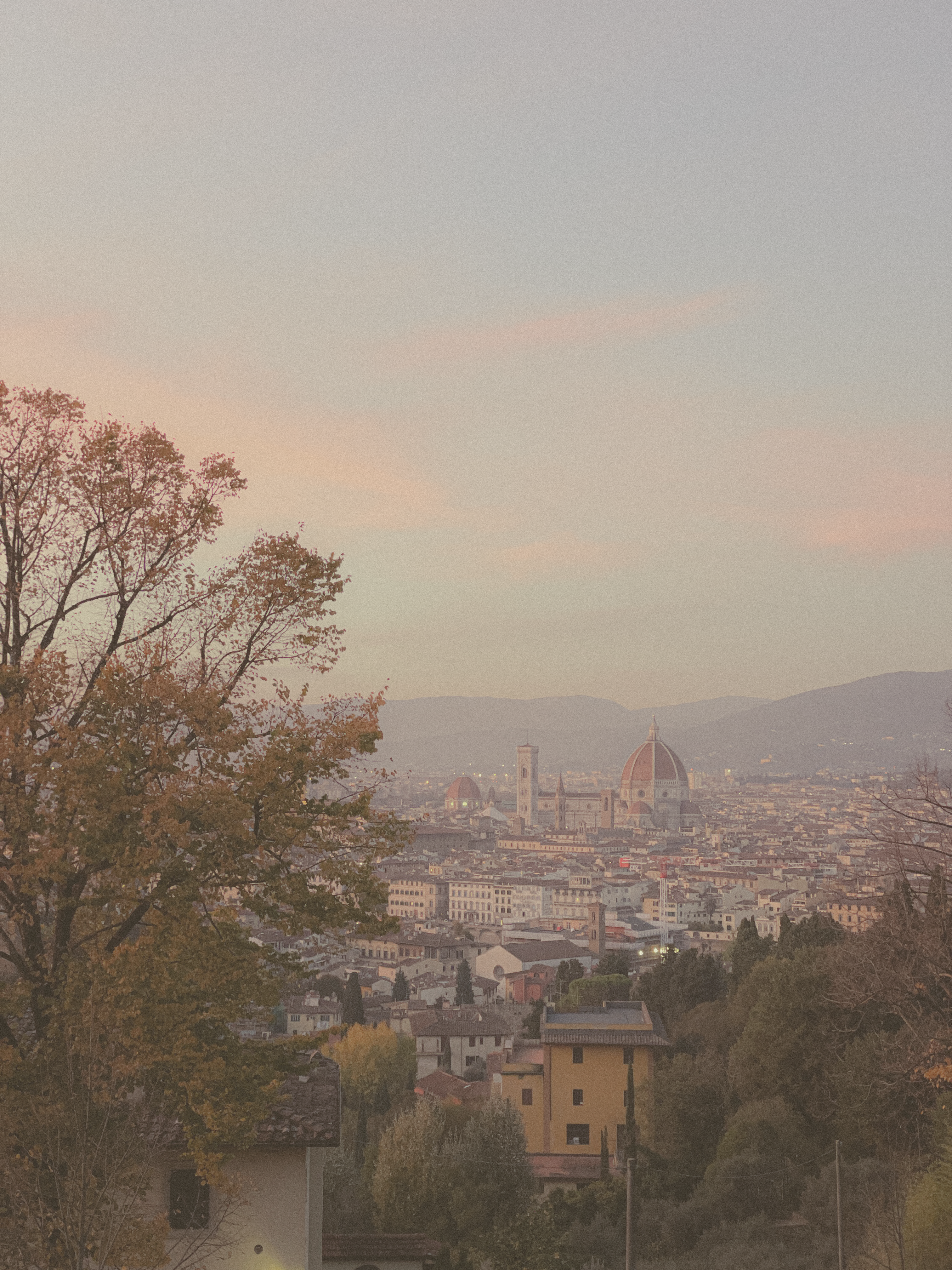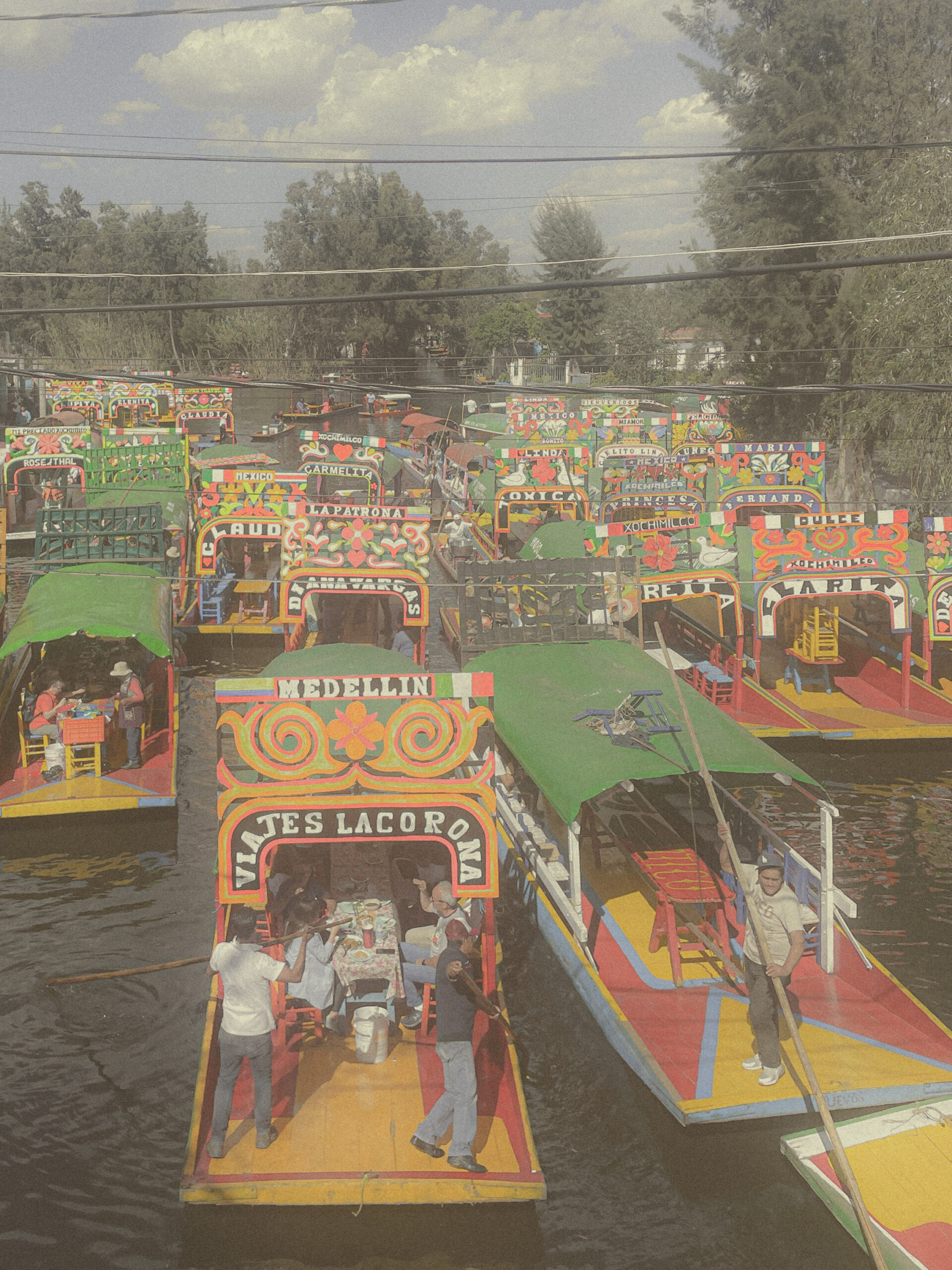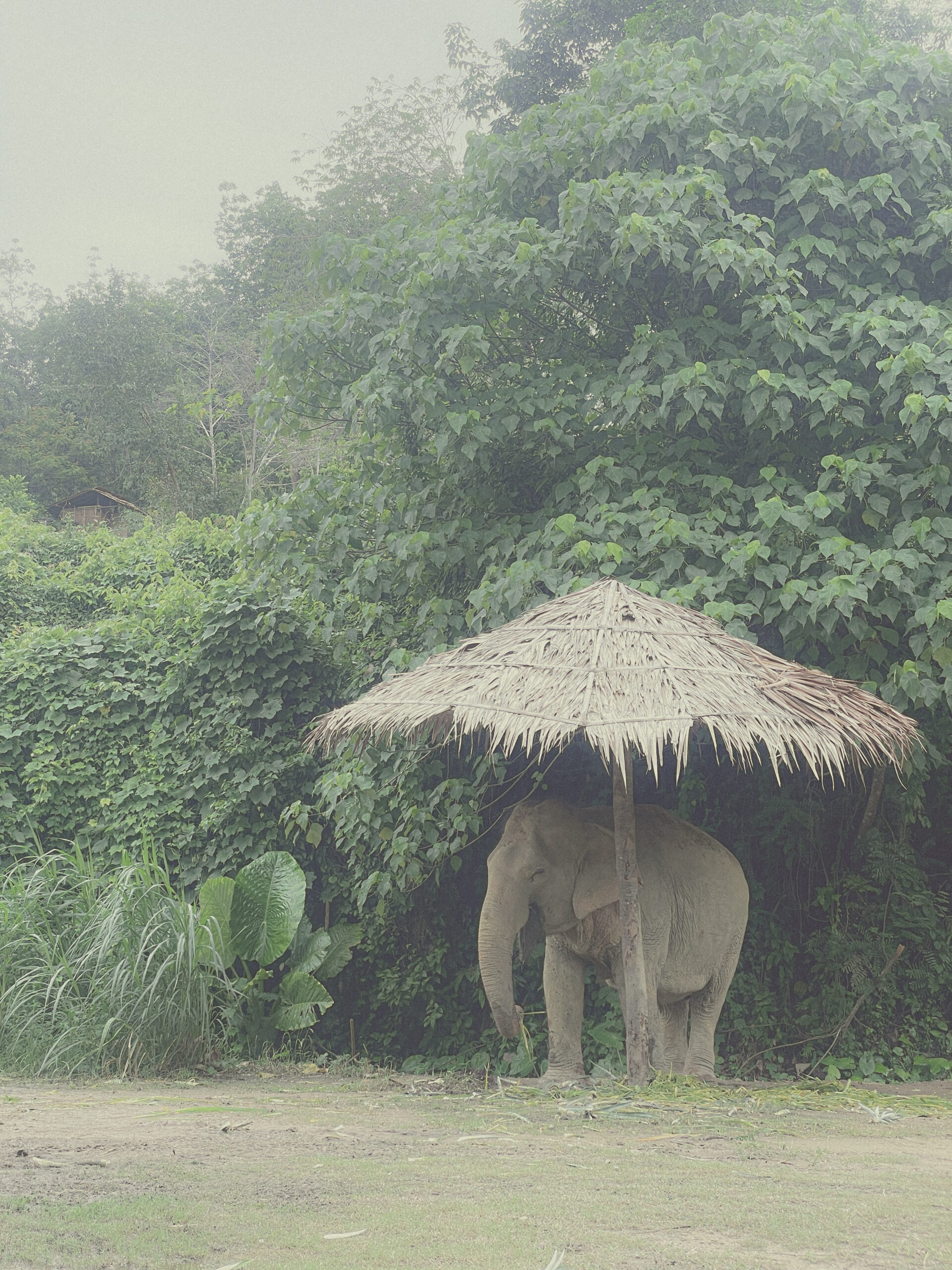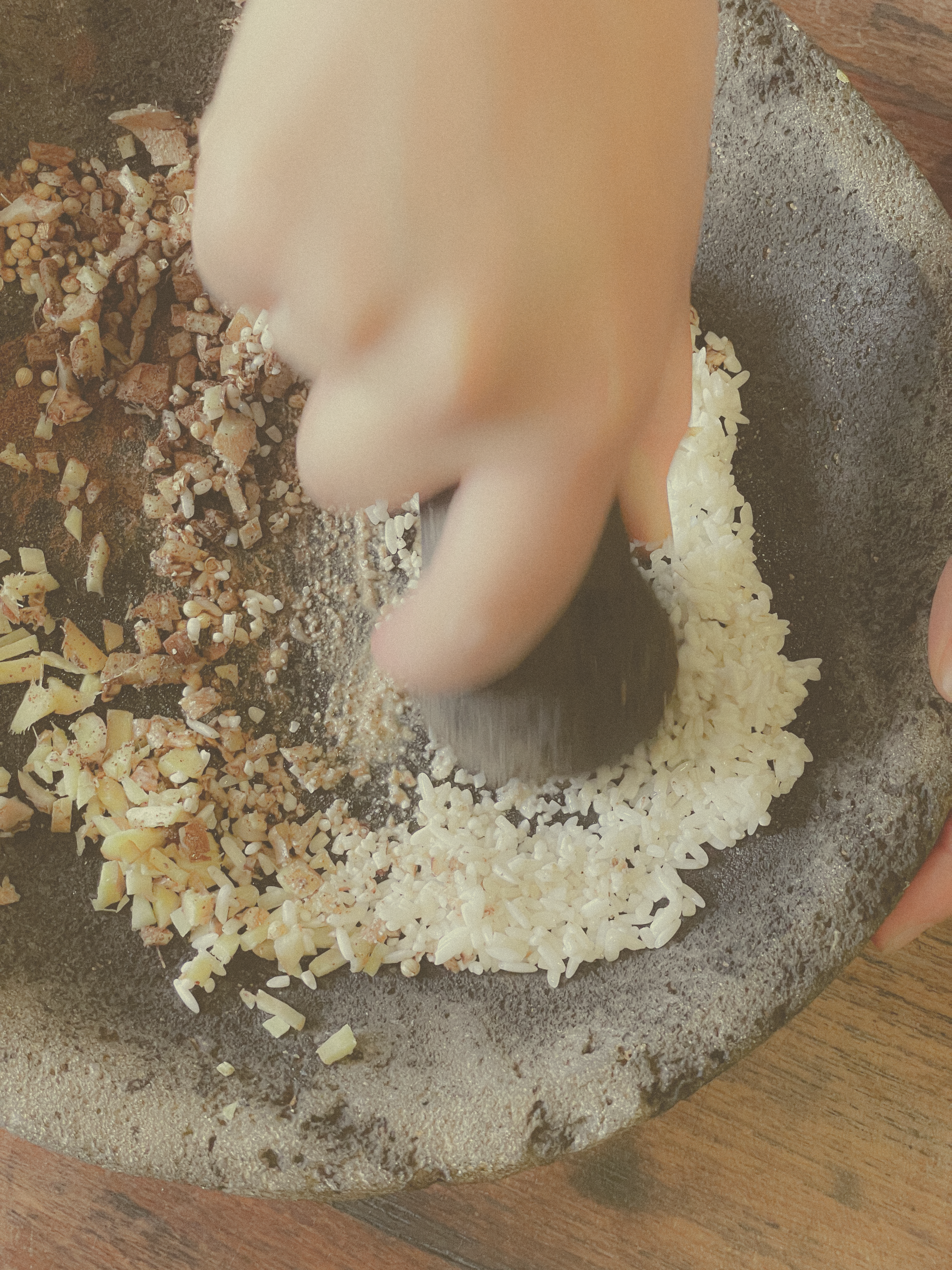Ho Chi Minh Local Guide Overview:
Cultural Must-Do Activities
What to Eat & Drink in Ho Chi Minh
Insider Tips
If you are planning to travel to Vietnam, Ho Chi Minh City should be at the top of your list.
It is the largest and most modern city in Vietnam— there’s truly never a dull moment when visiting here.
Ho Chi Minh City is located in the south of Vietnam, has a history of more than 300 years, and is also known by its former name of Saigon (Sài Gòn).
Saigon City was established in 1698, then renamed Ho Chi Minh City in 1976, after the great leader of Vietnam. However, you’ll still hear the name Saigon used by many of the local people
Ho Chi Minh City is an important economic center of Vietnam— many people from other regions of Vietnam migrate. They bring their own regional cultures to Ho Chi Minh City, creating a multicultural melting pot— that being said you can sample cuisine from many regions without leaving the city.
Although Ho Chi Minh is the economic epicenter of Vietnam and is rapidly growing and modernizing, you still feel the traditional culture when you come here through preserved structures, history museums, street food, and performance culture.
Cultural Must-Do’s in Ho Chi Minh City
Vietnamese Water Puppets
One thing that can’t be missed when visiting Ho Chi Minh is Vietnamese water puppetry.
Vietnam’s water puppetry opens a window into local culture. Vietnam is an agricultural country, with rice farming as the main occupation. Every year during the annual rice harvest, farmers in Vietnam’s Red River Delta region would gather for folk singing and dancing at village festivals.
Roughly one thousand years ago, water puppets were added to the list of performances at these festivals. The first shows were hosted in the harvested rice fields, which could be filled with water to create a watery stage.
Vietnamese water puppet is a physically demanding craft. Puppeteers stand in water throughout the show and use the movement of the water to create drama, perfect the illusion, and tell a story.
The puppeteers’ secret lies in the material of the puppets themselves, which are made of buoyant fig wood and painted with lacquer. The puppeteers skillfully maneuver the puppet’s arms using bamboo sticks and strings. It takes decades to become a master water puppeteer.
Where to See a Water Puppet Show:
In HCMC, you can find the water puppet theaters presenting traditional and modern performances.
Golden Dragon Water Puppet Theatre (55B Nguyen Thi Minh Khai St., District 1, HCMC)
Museum of Vietnamese History (outdoor) (2 Nguyen Binh Khiem St., District 1, HCMC)
See an “A O” Show
A O Show is one of the must-see shows in Saigon. The show is a unique merge of bamboo circus, acrobatics acts, contemporary dance, traditional Vietnamese music, and theatrical visual art.
The name “A O” derives from “Lang Pho” which means village and city. The show stands out on the contrast between the charming beauty and cultural richness of Vietnamese life in the countryside and the nation’s racing urbanization.
This one-hour show is a chance for those who want to transcend time and space for a front-row immersion in the artistic and emotional life of Vietnam.
Where to See an A O Show
In HCMC, you can enjoy the show at Sai Gon Opera House (Address: No 07 Cong Truong Lam Son, District 1, HCMC)
Tip: You can directly book tickets online via its website then you will receive an e-ticket via email. You should book tickets early and in accordance with your travel time. Because the show is only performed 2-3 evenings per week.
Enjoy Street Food & Dancing on Nguyen Hue Street
Nguyen Hue Walking Street is a place where many young people gather in the evening. They come here to eat street food, skateboard, dance and enjoy the street performers.
You will come across people in costume who are selling candy, you can take pictures with them, but do not forget to buy candy to support them.
Others act as “live statues” or play western instruments— tips are always appreciated.
Tip: The atmosphere is always lively, but it’s best experienced in the evening, around 8-8:30 pm.
Since it’s become a popular tourist spot as well as a local hangout, the prices are higher than other spots. I’ll share some better areas to grab local snacks that are tasty for less.
Experience the Traditional Market Culture
A visit to the traditional market is the best way to interact with the local culture.
The most iconic market, Ben Thanh Market has become pretty popular amongst tourists. While I still think you should visit it, there’s another lesser-known market that the locals love: Tan Dinh Market.
Built in 1926, Tan Dinh Market was known as a “rich market” because of its high-quality products, fresh foods, and higher prices.
Today, it is still known as a traditional market with all kinds of items sold. In addition to fresh food, fruits, and other goods like fabrics for making clothes, accessories, and curtains.
If you love ao dai – traditional Vietnamese costumes, you can buy fabrics and have one tailormade at Tan Dinh market— make sure to go at least 3 days before your departure to ensure enough time for them to make it.
Do not forget to enjoy some traditional dishes while you’re at the market. You’ll want to try: desserts (chè), noodles soups (phở, hủ tiếu), crab soup, and traditional cakes (bloating-fern-shaped cake, clear shrimp dumplings, savory plain rice flan). Food and beverage is usually concentrated in one zone, so you’ll be able to find them easily.
I highly recommend you go to the Tan Dinh market in the evening. You can enjoy frog porridge or Chinese noodles.
I come here often in the evenings and chat with friends. Trust me, there’s no shortage of excitement to keep you occupied until late in the evening.
Enjoy a Vietnamese Coffee
It is often said that Saigon is a sleepless city. There’s always a place to hang out, regardless of the time of day.
For me, having an early morning coffee from a street vendor is the best way to start the day.
Try drinking traditionally brewed coffee in the Vietnamese way at 5 am. At this time the weather is cool, the sun is not yet up and the streets are starting to bustle. It gives you a sense of relaxation and a view into the way we start our mornings.
Where To Get Vietnamese Coffee
Sai Gon’s street coffee (Cà phê bệt) at the Central Post Office
Cafe Vy (Address: 277E Le Thanh Ton St., Ben Thanh Ward, District 1, HCMC)
Cafe Vợt (Address: 285bis, Nam Ky Khoi Nghia St., District 1, HCMC)
Any coffee cart on the streets of Saigon in the early morning, do not hesitate to give it a try. Order iced milk coffee or black coffee.
What to Eat and Drink in Ho Chi Minh
Phở or pho
Despite looking simple outside, Pho has a fascinating complexity of textures and flavors.
Normally, pho Vietnam is made of rice soft noodles called “banh pho”, some slices of meat, and traditional herbs served with consommé which is made from the simmering bone of chicken, pork, or beef.
Where to try Pho in Ho Chi Minh
My absolute favorite place to get a bowl of Pho is “Phở Hà” (Address: 17-19 Hai Trieu St., Ben Nghe Ward, District 1, HCMC.). It’s easy to find and the best in the city.
A few other places to try:
Phở Hiền (Address: 269A Nguyen Trai St., District 1, HCMC.
Phở Thìn (Address: 110 Le Thi Hong Gam St., District 1, HCMC.
Phở Cao Vân (Address: 25 Mac Dinh Chi St., District 1, HCMC.
Cơm tấm or Com tam
Com tam is a Vietnamese dish made from rice with pieces of rice grains. Traditionally, Com Tam was a popular dish among poor rice farmers in the Mekong Delta— during bad rice seasons, they didn’t have enough good rice to sell, so they used broken rice to cook.
Although there are many variations of Com Tam that have different ingredients and styles, a popular, featured Com Tam dish commonly known as “Cơm Tấm Sườn Bì Chả” is made with broken rice, grilled pork ribs, thin strands of pork skin seasoned with roast rice powder, Vietnamese-style steamed omelet with meatloaf, scallion and oil garnish, mixed fish sauce.
Where to Get Com Tam in Ho Chi Minh:
Cơm Tấm Ba Ghiền (Address: 84 Dang Van Ngu St, Ward 10, Phu Nhuan District, HCMC.)
Cơm tấm chả cua Nguyễn Phi Khanh (Address: 113 Nguyen Phi Khanh, Tan Dinh Ward, District 1, HCMC.)
Cơm tấm Phúc Lộc Thọ (Address: 236 Dinh Tien Hoang St., Dakao Ward, District 1, HCMC)
Cà phê vợt – Racket Coffee
Coffee seems to be ingrained in the day-to-day life of the Vietnamese people. In Saigon, there’s something called “Cà phê vợt – Racket Coffee” what makes this so popular in Saigon is the use of a spoon-net filter to brew the coffee.
Where to get Cà phê vợt
There are a few famous, time-tested cafes serving up this method across Saigon. One can be found in the heart of District 5 at “Cà phê Ba Lù”, tucked into a tiny stall within Phung Hung Market (address: 193 Phung Hung, Ward 14, District 5, HCMC). Or you can try it at “Vợt Cafe” – the 70-years-old coffee shop (alley 330 Phan Dinh Phung St., Ward 1, Phu Nhuan District, HCMC).
Check off two Ho Chi Minh activities in one with this Food Tour that’s done by motorbike. It has 11-stops so you’ll get a deeper insight into the Vietnamese cuisine
Insider Tips for Your Trip to Ho Chi Minh
Grab is the most popular ride-hailing app in Vietnam. You should download it when visiting Ho Chi Minh. Take a Grab bike to experience the streets and convenient transportation and you can completely pay via an international credit or debit card.
Ho Chi Minh is a city of about 8 million people. And almost every person has at least 1 motorbike. So you will meet a lot of motorbikes on the street. Some foreign friends say they are afraid to cross the street. Don’t worry, you just need to look carefully and slowly cross the street.
Bargain when buying things at the market and always ask the price of the food before ordering.
When you see the house number inscribed with the “/” sign (like “12/10 Nguyen Trai St.), it means that the number in front “/” is the alley number, and after the / sign is the house number. Find the alley first and then find the house.
Local Guide Written By: Nga Nguyen
Nga Nguyen is from Hanoi, but is now calling Ho Chi Minh City home. She studied cultural studies and is now a content creator. Learn more about Nga by checking out her Instagram.

